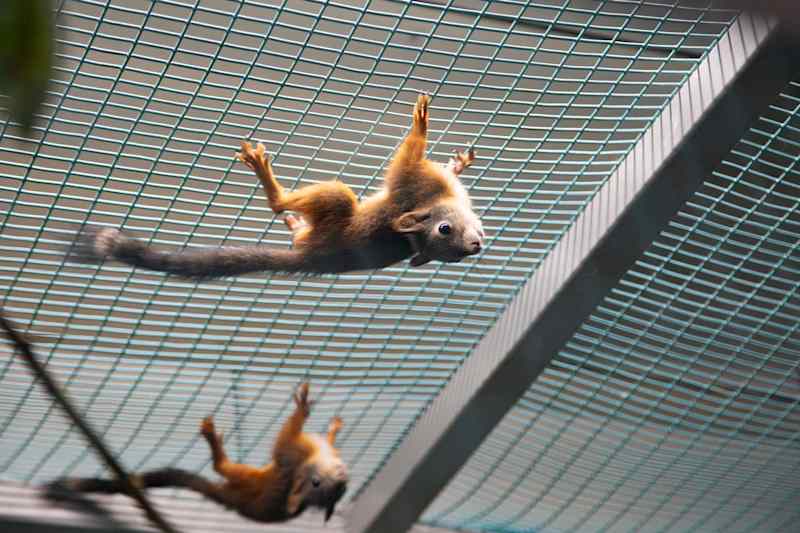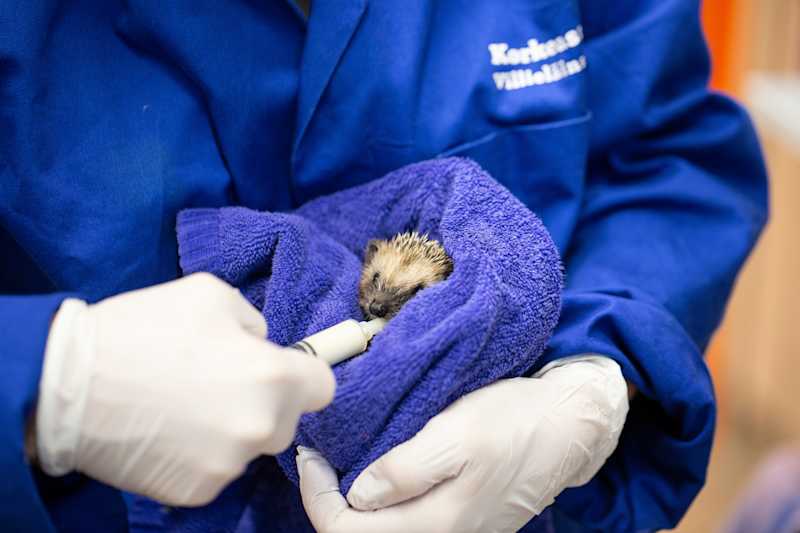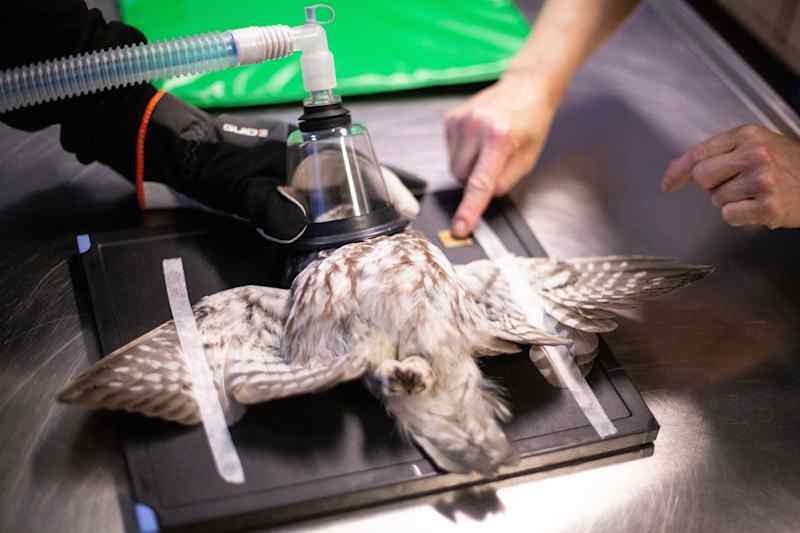Survey suggests: wild animals in Finland are treated in vain – and returned to the wild in half-finished condition
A recent survey suggests that there are gaps in the voluntary management of injured wildlife in Finland.
The mute swan has injured its wings after colliding with electric wires near the Helsinki railway station. The rescue service has delivered a bird to the Korkeasaari Wildlife Hospital.
– Let’s wait for the wing to ossify a bit, and take new X-rays. Then it’s moved to a cooler place and finally out. Once the wing has healed properly, the bird is returned to the wild.
Approximately 1,500 wild animals per year are brought to the Korkeasaari Wildlife Hospital each year. The carers are injured or wounded birds, small mammals, sometimes also predators.

In addition to zoos, wounded or injured wildlife is also treated not only by zoos, but also by volunteers throughout Finland. Animal volunteers are individuals, companies and associations.
The less experience and training the nurses in the field, the more animals will be returned to nature.
\”It suggests that animals are being cared for or restored to nature in too bad condition,\” says Sainmaa.
In both cases, the situation is harmful to the wild animal. For many wildlife, man is a beast and capture always causes intense stress in the animal.

For example, hedgehogs are animals that are sometimes taken into winter care on too gentle grounds.
\”It would be better to create the conditions for nature to survive the animals independently,\” Sainmaa recalls.
The notification obligation improved the situation
The provision of the Animal Welfare Act, which came into force a year ago, brought the obligation to report to the wild animals. The announcement to the Regional Government Office has submitted 50 operators last year.
The purpose of this provision is to ensure that long -term care for wild animals is in skilled hands and that the industry is known to the authorities.
According to Sainmaa, there is still room for improvement in the situation. According to him, for example, the skills of volunteers are not determined sufficiently in the provision.
– For example, in Sweden, care activities are subject to authorization. The places are checked and the permit also involves training, Sainmaa compares.

White reminds us that without volunteer nurses, wild animals would not be available anywhere in the country.
\”The ideal situation would be for us to have a wildlife in every area in Finland, where there is professional expertise and sufficient resources to care for and help wild animals,\” says White.
